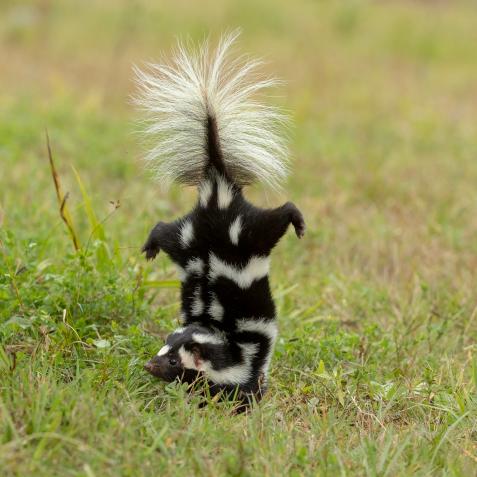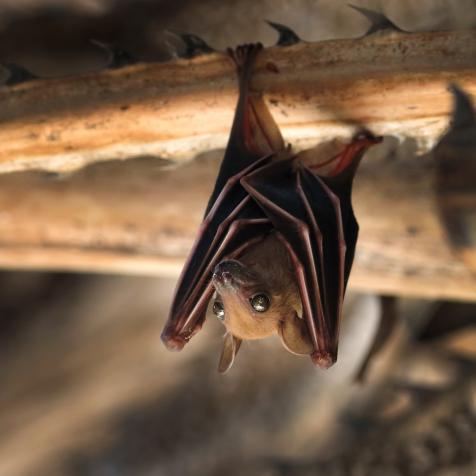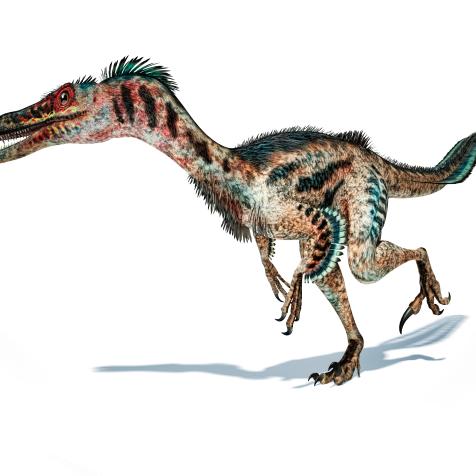
Herianus Herianus / EyeEm
Ending Plastic Pollution in the Ocean One Drone at a Time
Man versus machine: it's a fight to undo plastic pollution created by humans through means of a drone army.
The ocean is vast, with unexplored depths that attract many, but its beauty and mystery is being overtaken by manufactured plastic pollution. The question is not why it’s occurring, rather what can be done to fix this problem?
With over seven billion people on the planet, biologist Nikoleta Bellou, the lead researcher from the Institute of Coastal Research, Helmholtz-Zentrum Hereon, explains that it’s no surprise that pollution has massively grown in the last three decades. According to Bloomberg Green, between 1990 and 2015, there was 91 million metric tons of litter that entered the ocean. About 87% of this litter was plastic and overall there’s an estimated 5.25 trillion particles of litter floating in the ocean right now.

Carmen Martínez Torrón
Microplastic pollution in the ocean.
Now, there’s been an increase in methods and campaigns for removing ocean pollution, but a majority do not focus on the action of cleaning up, rather, a greater sum is fixated on ideas and policies. In Bellou’s research, found in her Nature Sustainability paper, 177 methods for addressing the problem of pollution were analyzed, however, 73% were developed, and only 30 were designed for the actual clean-up of ocean plastics. There’s a major focus on the litter that is seen on the surface and not the microplastics roaming below and endangering many species as they mistake it for food.

Jamie Lamb
Seal Pup choking on fishing line.
The survival of wildlife is threatened by ocean litter and the rise of different drones is a step closer to the fall of pollution. Luckily, different technologies have been created to help clean up trash in the ocean and litter laying around on beaches. There have been sea garbage bins, giant barriers that collect plastics, and a marine drone mimicking the mouths of whale sharks and intakes floating garbage. Now, a new machine known as BeachBot is a new, prospective success for the future of ocean pollution. The drone is a garbage-collecting rover prototype tested in the Netherlands and created by Martijn Lukaart and Edwin Bos. An algorithm that allows the bot to learn to differentiate between types of garbage was created with the help of Dutch students from the University of Technology Delft. With this technology, there is hope for change and action to successfully clean up pollution rather than solely implementing policies.
Beachbot is the future of our oceans and its creators are preparing to move towards the next step of launching this product. One thing remains, however, for them to initiate this step and it’s unearthing a business model that will allow for the BeachBot to not only clean, but assist in helping people become more properly educated while also changing their behaviors towards saving the Earth from more pollution. There is more to be done than changing people’s behaviors to resolve ocean pollution — an army of drones is just the beginning.


















